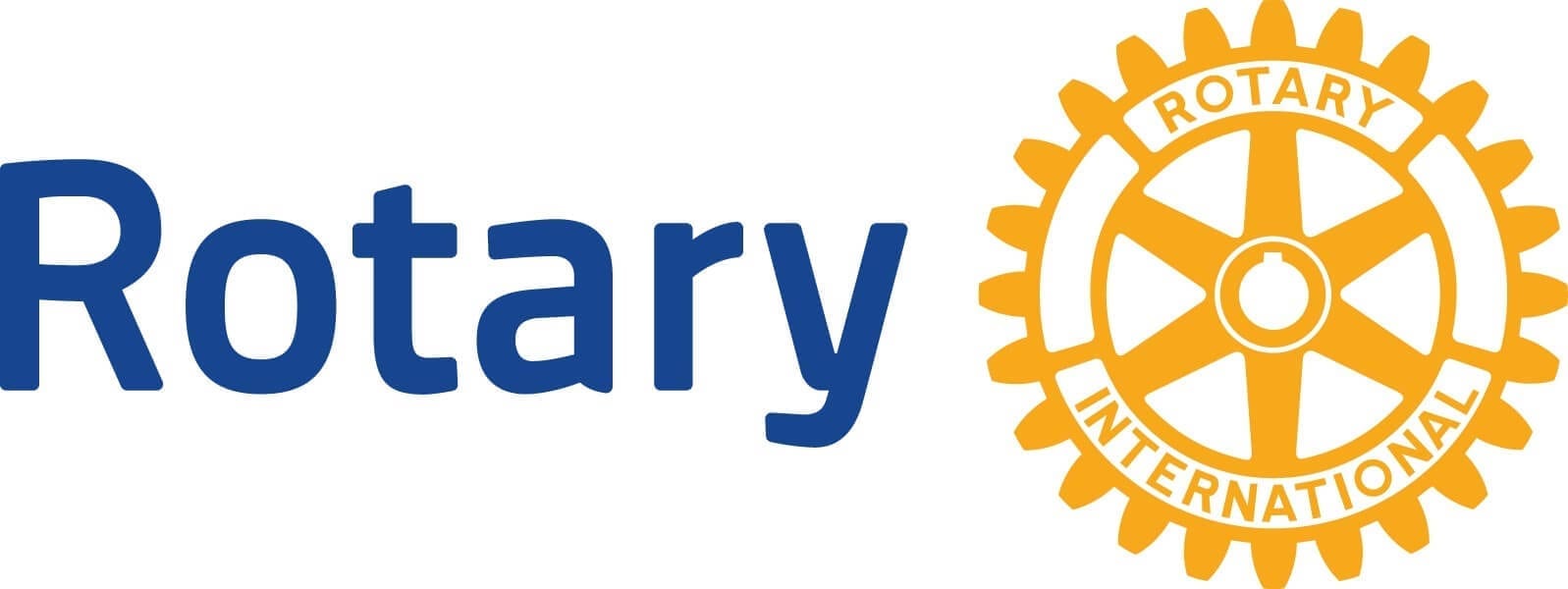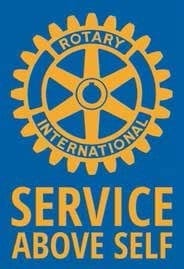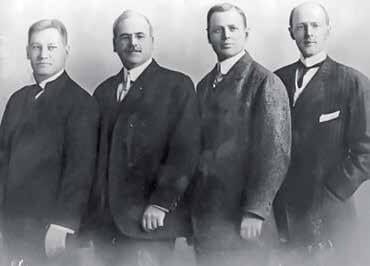There is currently much debate occurring in Rotary regarding the value of traditions and whether they matter in our modern world. Membership numbers are stagnated and we are not attracting younger members. Many believe this is due to our old-fashioned traditions and style.
To me, however, ‘Traditions’ represent an important part of our culture and are the foundations of our society. If we ignore our traditions, we risk losing our identity. Notwithstanding this, we must also learn to adapt and welcome new ideas. Welcome new members – especially younger members.
Bribie Rotary is ageing and can only survive by attracting new, and younger, members. Rotary traditions include a Classification system, a motto, a Four Way Test and the symbol, the Rotary Wheel. It is a nonreligious and non-political service Club.
Classification System
Rotary’s founder Paul Harris was a lawyer. When he started the organisation, in Chicago, in 1905, his idea was to bring people together to learn how other trades and professions worked and thought.
He introduced a classification system for each member according to their profession. Founding members were Paul Harris, Lawyer; Silvester Schiele, Coal merchant; Gustavus Loehr, Mining engineer; and Hiram Shorey, Merchant tailor. Bribie Rotary still maintains the tradition, and for me it is always a talking point when meeting new members. For example, who could ever forget, the late, great Ira Quirke, whose classification was Eschatology!
Origin of the Rotary Name
Paul Harris named the new club ‘Rotary’ because members met in “rotation” at their various places of business.
Motto
The first motto of Rotary International, ‘He Profits Most Who Serves Best’, was approved at the second Rotary Convention, held in Portland, Oregon, in 1911. The phrase was first stated by a Chicago Rotarian, Art Sheldon.
At about the same time, Ben Collins, president of the Rotary Club of Minneapolis, Minnesota, commented that the proper way to organise a Rotary club was through the principle his club had adopted – ‘Service, Not Self’. In 1989 ‘Service Above Self’ was established as the principal motto of Rotary, because it best explained the philosophy of unselfish volunteer service.
The Four Way Test
One of the most widely quoted statements of business ethics in the world is the Rotary Four Way Test. It was created by Rotarian Herbert J. Taylor in 1932 and was adopted by Rotary in 1943. In 1954-55 when Herb Taylor became Rotary International President he donated the copyright to the organisation.
We ask ‘Of the things we think, say or do: 1. Is it the TRUTH? 2. Is it FAIR to all concerned? 3. Will it build GOODWILL and BETTER FRIENDSHIPS? 4. Will it be BENEFICIAL to all concerned?’
The Rotary Wheel
The first wheel design was made in 1905 by Montague Bear, a member of the Rotary Club of Chicago who was also an engraver. The wheel was said to illustrate ‘Civilisation, Movement and Service’ work in action. In 1922, it was decided that all Rotary clubs should adopt a single design as the exclusive emblem of Rotarians.
So In 1923 the present gear wheel with 24 clogs and six spokes was adopted by the ’Rotary International Association.’ In 1923 the keyway was added to the wheel to signify the wheel was a “worker and not an idler.” The keyway in the centre of the hub represents the individual Rotarian member, the key factor in every club. The gear teeth around the outside of the wheel represent the fact that work is to be done. The six spokes represent the inner direction and path of Rotary’s Vocational Service system.
The spokes represent an outward distribution path of Rotary’s ideals of service and the Four Way Test. At the 1929 Rotary International Convention, it was determined that blue and gold would be the official colours of the organisation, so the wheel was designed with these colours. The four blue bands within the outer radius of the gear represent our four “avenues” of service. The ‘avenues’ refer to the four elements of the Object of Rotary – Club Service, Vocational Service, Community Service and International Service.
The design which we now know was formally adopted as the official Rotary International emblem. Today, the Rotary Wheel is recognised throughout the World as the symbol of Rotary. It is also referred to as ‘The Mark of Excellence.’
Conclusion:
When Paul Harris died on 27 January 1947, Rotary had grown from an informal meeting of four likeminded men to an organisation of 6,000 Clubs. Today there are 1.2 million Rotarians in 33,000 Clubs in 200 countries. So, as you can see, Rotary traditions have meaning and are important.
Because of our traditions we leave our political views and differences outside the meeting room and come together to do good in the World. In my view, sadly, it is not the traditions that are stopping this wonderful Service Organisation from growing.
Rather, reasons for non-growth include lack of time to volunteer; resistance of current members to new ideas, or reluctance to change; lack of information sharing and publicity; and a sense that the club is not diverse, equal and inclusive of all cultures, experience and identities.
I believe many people would love to help if they knew they were needed and welcome. If you are reading this article, and feel YOU want to make a difference and help us make the changes needed then contact our Membership Director, Greg Whymark, via email: [email protected] or mobile: 0418 158 701. You will be most welcome.



